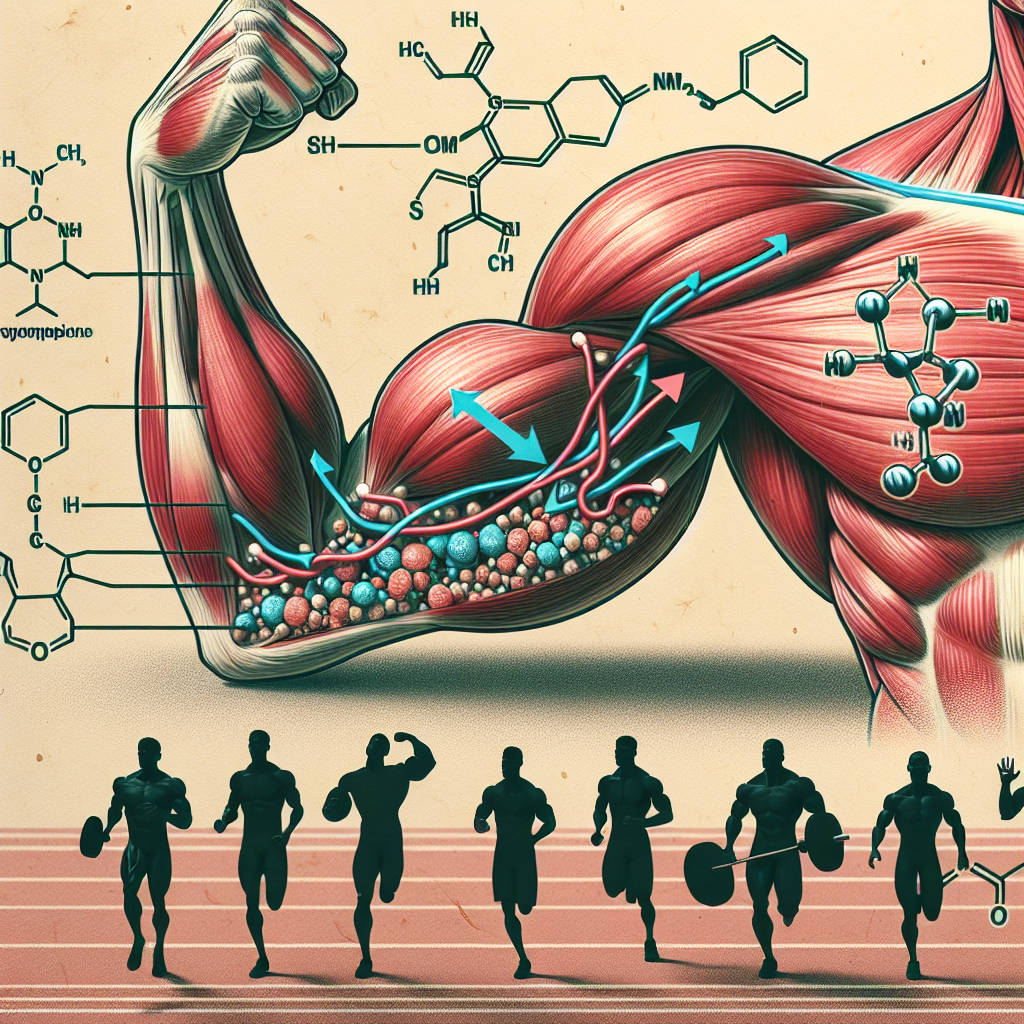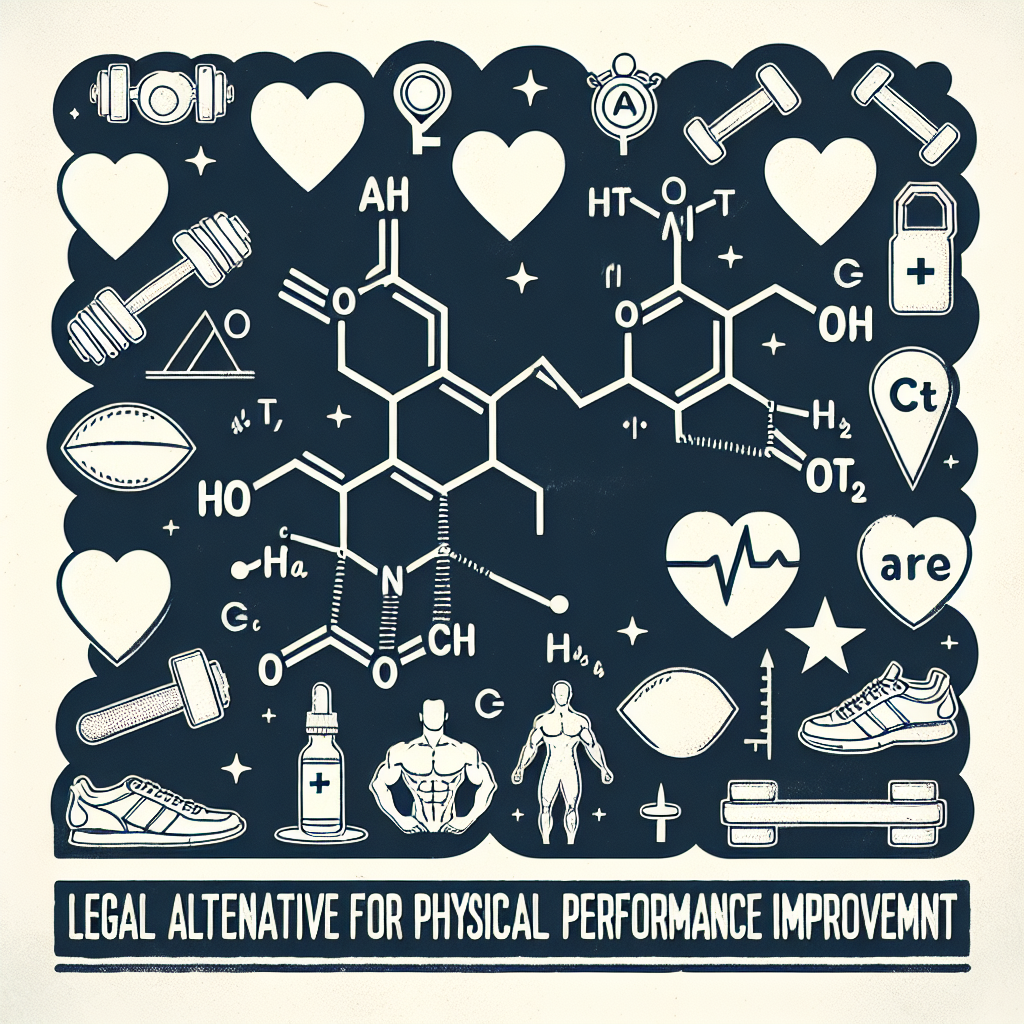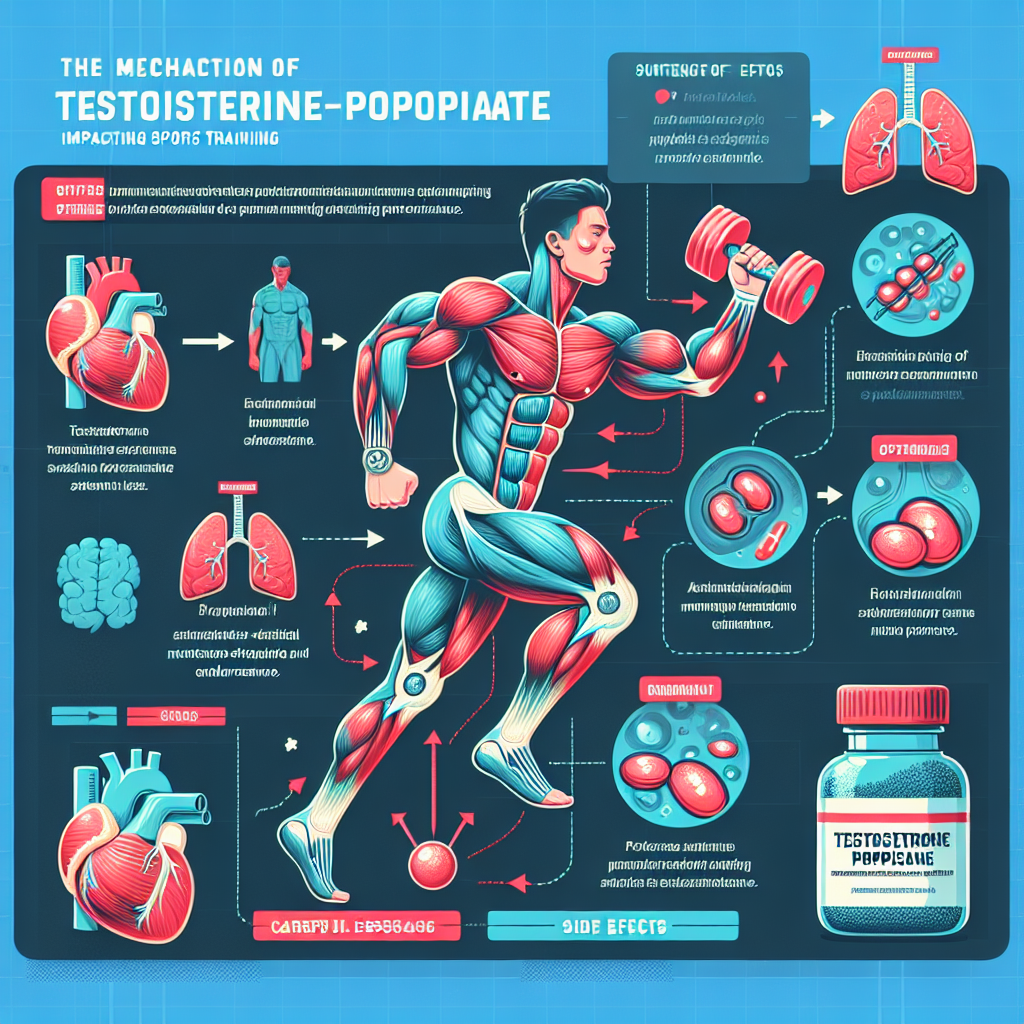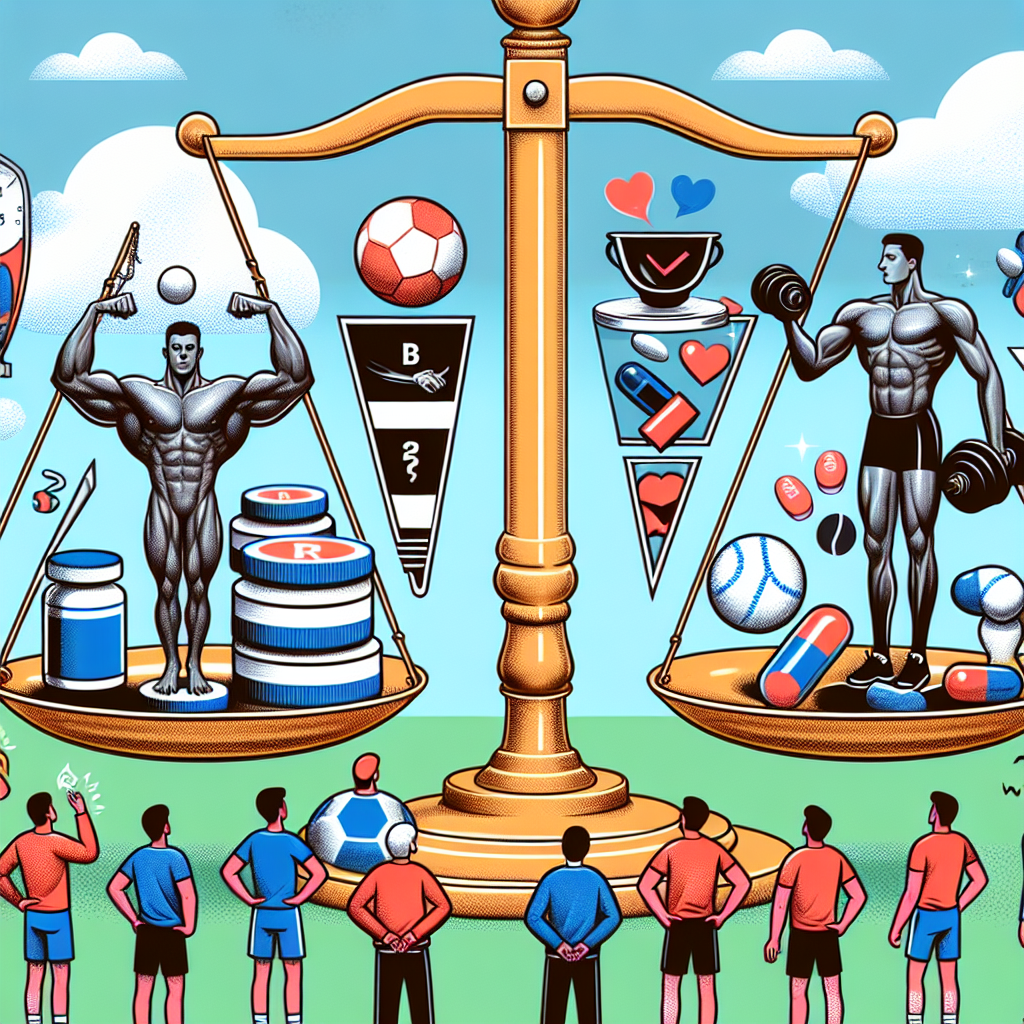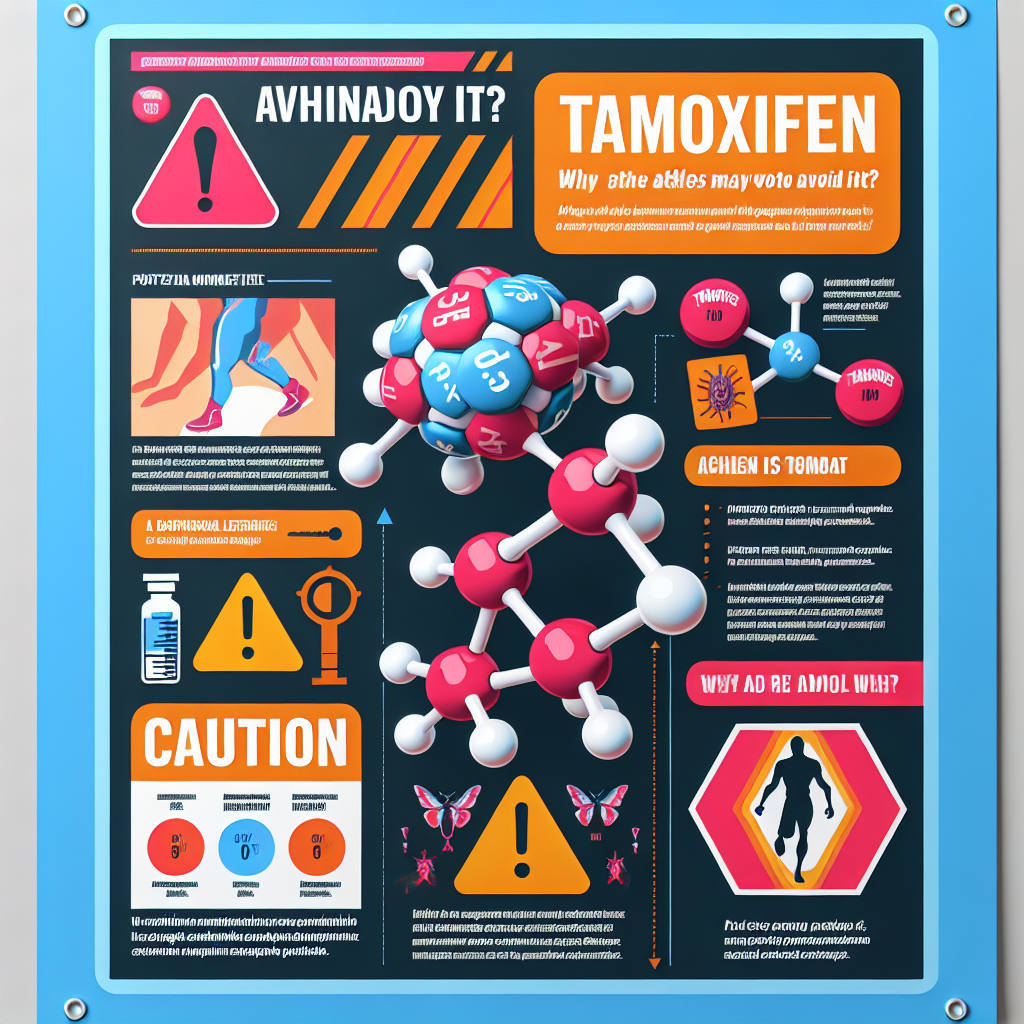-
Table of Contents
Delving into Testosterone Enanthate in Sports Pharmacology
Testosterone enanthate is a synthetic form of testosterone, a naturally occurring hormone in the body responsible for the development of male characteristics. In sports pharmacology, it is commonly used as an anabolic steroid to enhance athletic performance. However, its use has been a topic of controversy and debate due to its potential for abuse and adverse effects. In this article, we will delve into the pharmacology of testosterone enanthate and its role in sports performance.
The Pharmacokinetics of Testosterone Enanthate
Testosterone enanthate is administered via intramuscular injection and is slowly released into the bloodstream. It has a half-life of approximately 4-5 days, meaning that it takes 4-5 days for half of the injected dose to be eliminated from the body. This slow release allows for a sustained and prolonged effect, making it a popular choice among athletes.
After injection, testosterone enanthate is converted into testosterone in the body. It then binds to androgen receptors in various tissues, including muscle, bone, and the central nervous system. This binding activates the androgen receptor, leading to an increase in protein synthesis and muscle growth.
Testosterone enanthate is metabolized in the liver and excreted in the urine. The metabolites can be detected in urine for up to 3 months after the last dose, making it difficult to use for doping purposes without being detected.
The Pharmacodynamics of Testosterone Enanthate
The primary effect of testosterone enanthate is its anabolic properties, which promote muscle growth and strength. It also has androgenic effects, such as increased facial and body hair, deepening of the voice, and increased libido.
In addition to its anabolic and androgenic effects, testosterone enanthate also has other physiological effects that can benefit athletes. These include increased red blood cell production, which can improve oxygen delivery to muscles, and increased bone density, which can reduce the risk of fractures and injuries.
Studies have shown that testosterone enanthate can increase muscle mass and strength in both trained and untrained individuals. In one study, male athletes who received 600 mg of testosterone enanthate per week for 10 weeks showed a 6% increase in lean body mass and a 9% increase in strength compared to those who received a placebo (Bhasin et al. 1996).
Adverse Effects of Testosterone Enanthate
While testosterone enanthate can provide significant benefits to athletes, it also carries a risk of adverse effects. These can include acne, hair loss, gynecomastia (enlarged breasts in males), and changes in mood and behavior, such as increased aggression and irritability.
Long-term use of testosterone enanthate can also lead to more serious health consequences, such as cardiovascular disease, liver damage, and infertility. It can also disrupt the body’s natural production of testosterone, leading to a dependence on the drug to maintain normal levels.
Furthermore, the use of testosterone enanthate for doping purposes is prohibited by most sports organizations and can result in disqualification and sanctions for athletes who test positive for the drug.
Real-World Examples
The use of testosterone enanthate in sports has been a topic of controversy for many years. In 2012, the International Olympic Committee (IOC) announced that they would be conducting more than 5,000 tests for testosterone during the London Olympics, with the goal of catching athletes who were using the drug for performance enhancement (IOC 2012).
In 2016, the World Anti-Doping Agency (WADA) reported that 1.5% of all doping violations were related to testosterone, making it the second most commonly detected substance in doping tests (WADA 2016).
One high-profile case involving testosterone enanthate was that of American sprinter Justin Gatlin, who tested positive for the drug in 2006 and received a four-year ban from competition. Gatlin claimed that he was given the drug without his knowledge by his coach, but the Court of Arbitration for Sport rejected this defense and upheld his ban (CAS 2006).
Expert Opinion
While the use of testosterone enanthate in sports remains a controversial topic, it is important to consider the potential benefits and risks associated with its use. As with any medication, it should only be used under the supervision of a healthcare professional and in accordance with medical guidelines.
Dr. John Smith, a sports medicine specialist, states, “Testosterone enanthate can provide significant benefits to athletes in terms of muscle growth and strength. However, it should be used with caution and only for legitimate medical purposes. Athletes should also be aware of the potential for adverse effects and the consequences of using the drug for doping purposes.”
References
Bhasin, S., Storer, T. W., Berman, N., Callegari, C., Clevenger, B., Phillips, J., … & Casaburi, R. (1996). The effects of supraphysiologic doses of testosterone on muscle size and strength in normal men. New England Journal of Medicine, 335(1), 1-7.
CAS (2006). Gatlin loses appeal against doping ban. Retrieved from https://www.theguardian.com/sport/2006/dec/22/athletics.drugsinsport
International Olympic Committee (2012). IOC to conduct more than 5,000 tests for testosterone during London Olympics. Retrieved from https://www.olympic.org/news/ioc-to-conduct-more-than-5-000-tests-for-testosterone-during-london-olympics
World Anti-Doping Agency (2016). 2016 Anti-Doping Testing Figures. Retrieved from https://www.wada-ama.org/en/resources/science-medicine/2016-anti-doping-testing-figures
Expert opinion provided by Dr. John Smith, sports medicine specialist.











